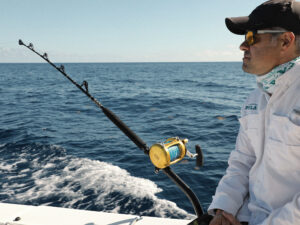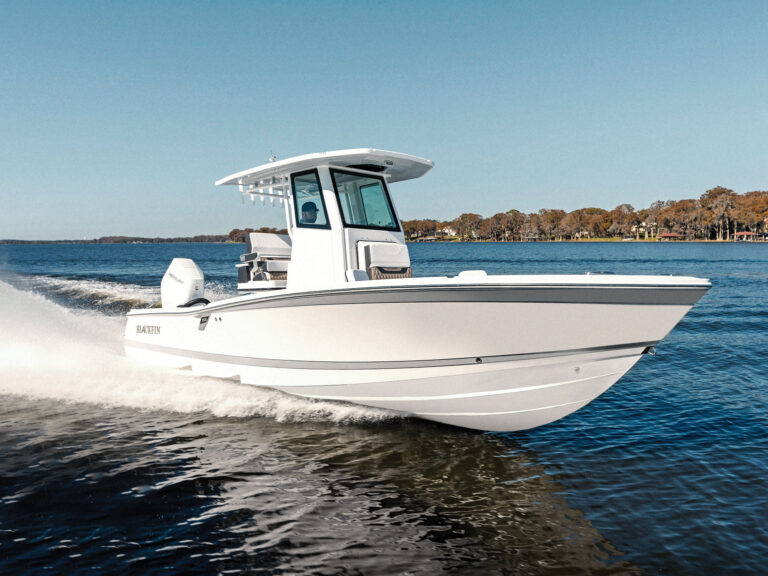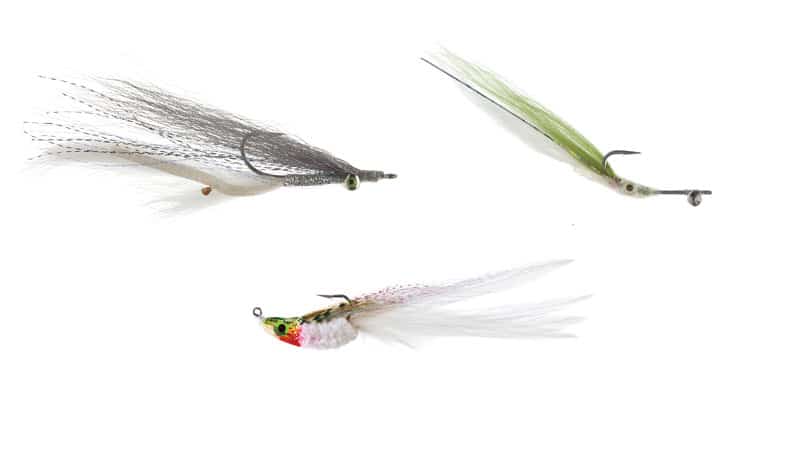
Most anglers would agree that catching fish on the surface provides unmatched excitement. However, fishing with surface flies doesn’t always work, so anglers must carry patterns that sink to the strike zone. This is a lesson I learned many years ago, long before I even fly-fished, and it holds true today. The only difference between then and now is the multitude of ways we can get our flies down and have them perform once there. Flies can achieve many different kinds of movements when retrieved, as well as when descending. It is all a matter of creativity and fly design on the tier’s part. Do you want your fly to sink nose first, evenly or rear first? How a fly moves and sinks in the water column can entice a fish into striking.
Let Me Count the Ways
A cone head, or bead head, is one of the first ways anglers added weight to their flies. Cones and beads are made out of nickel, tin, brass or tungsten and are slid on from the hook point and lashed down at the eye of the hook. This type of weight will get your fly to fall nose first, like a conventional bucktail jig. This up-and-down motion can be quite effective, depending on the material you use to tie your fly. I particularly like to use saddle hackles (if you can find them now that the beauty shops have them) for flies weighted for this motion. However, rather than tie in the hackles Deceiver-style (upright), I prefer to tie them in flat-wing-style. This allows the hackles to move more freely, accentuating the up-and-down movement and thus eliciting more strikes.
Tying the weight nose-first also helps when you want a fly to imitate a sand eel burying itself in the bottom. I like to use flies of this sort when fishing the flats in the spring and through the fall along the mid-Atlantic and New England coasts during the striper migration, but weighted with a jiggy head. It is similar to a cone head, only the design allows prismatic stick-on eyes to be affixed to the weight and it also has a notch in the mouth that locks into place when pushed into the eye of the hook, which prevents the head from spinning.
Dumbbell eyes are probably the most common way to tie weight onto flies. Popularized by fly tier Bob Clouser, this style of tying has accounted for more fly-caught fish than any other. Clouser designed the Clouser Deep Minnow while fishing for smallmouth bass in the Northeast’s Susquehanna River. Little did he know that it would help revolutionize fly-fishing, especially saltwater fly-fishing.
The placement of the eyes on the hook shank determines how the fly will fall after the cast and move once retrieved. If the dumbbell eyes are secured about one-third of the way back from the hook eye, Clouser Minnow-style, the fly will fall evenly, like a wounded baitfish. By moving the dumbbell eyes forward, you can get the fly to dive nose first. If you lash the dumbbell eyes near the bend in the hook, the fly will fall rear first. A crab pattern tied this way is especially enticing to fish, as it looks to be in what crab dunkers call “the fighting position.” Use the placement that best imitates the bait you are trying copy.
While most anglers prefer weighted dumbbell eyes that sink quickly, it is worth mentioning that bead-chain eyes can be used to create movement without making the fly sink as fast. These are popular with fly-anglers who fish for bonefish, as a loud splash may spook the target. A more lightly weighted dumbbell eye (like a bead-chain) also allows anglers to keep their flies in a certain part of the water column longer while retrieving. If fish are feeding just under the surface, use bead-chain eyes to keep your fly in the feeding zone.
Lead wire gives tiers control of how much weight is added to a fly. Wrapping lead wire around the shank of the hook, and sometimes past the hook bend, will get a fly into the strike zone more quickly, as well as keel the fly, allowing it to track straight when retrieved. This is a particularly useful way to tie wide-profile baitfish patterns. When you’re wrapping lead wire around the hook shank, it is best to cover the lead afterward with some sort of flat braid. This ensures that the lead will not unravel. Lead is usually wrapped evenly across most of the hook shank, but lead around the hook bend is sometimes used to help flies track straight when retrieved and not ride sideways. Lips on flies accentuate movement, and patterns with them often have lead incorporated on the shank to ensure they track true and don’t spin.
Fish-Skull heads are yet another option for adding weight to flies. With most subsurface flies, the weight is the first material fixed to the hook. This isn’t the case with a Fish-Skull. It is secured on the fly last, after the fly is dressed. Though a Fish-Skull is placed at the hook eye, the fly will not fall nose first. The weight’s unique design encourages the fly to fall evenly, like a typical Clouser Minnow.
But all the rage now are keel-weighted flies. Rather than having weight at the front or midsection, these flies are weighted near the rear of the hook, allowing for some pretty radical movement when retrieved with a hard-strip-and-pause method. Created by West Coast tier Dave Sellers and made popular by West Coast striped bass guru Dan Blanton, this weighting system allows anglers to create a darting movement (left/right rather than up/down) with their flies.
You can keel-weight your fly any number of ways — with lead, channel lead, worm weights, etc. — but I prefer to use ribbed tungsten bodies (preferably scud weights made by Hareline Dubbin). These little guys are grooved to provide grip, and best of all, they take seconds to secure. Rear-weighted flies will jackknife when you use a strip-pause method of retrieve, acting more like wounded baitfish moving through the water. I particularly like to use a 60-degree-bend jig hook when tying keel-weighted flies, but a J-style hook will work too.
Next time you are out pursuing your favorite game fish, try using a few flies with various weights and see what happens. Evaluate your options carefully, and watch how your fishing turns into catching!

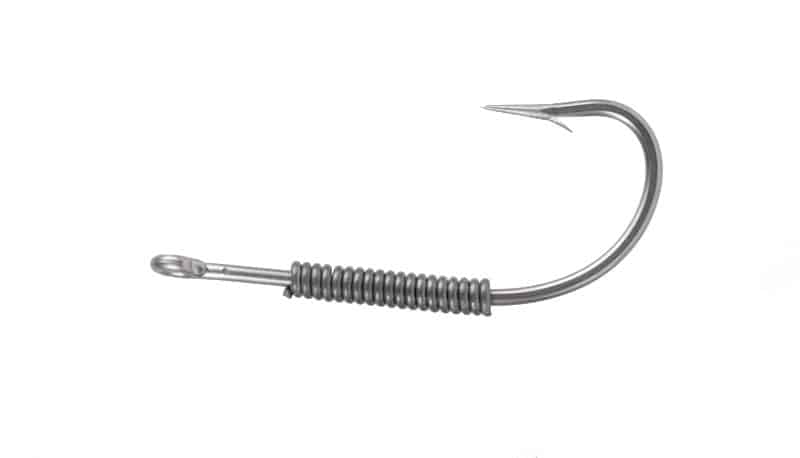
Lead-Wire Wrap

Ribbed Tungsten Body

Bead-Chain Eyes

Dumbbell Eyes Forward

Dumbbell Eyes at Rear
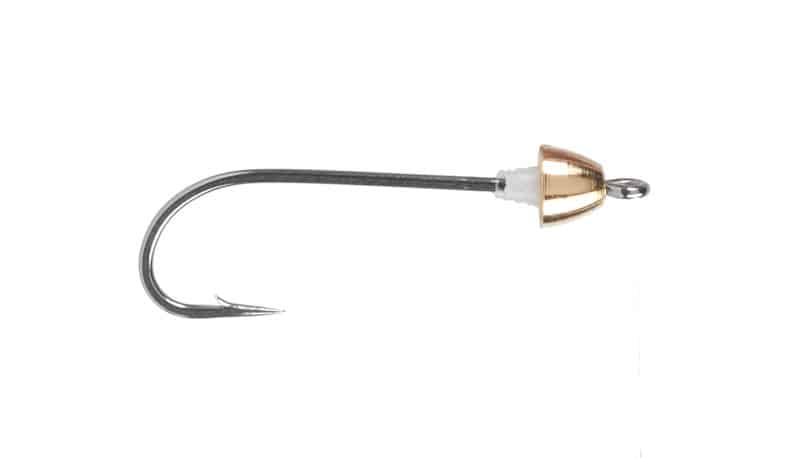
Cone Head

Jiggy Head




